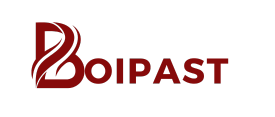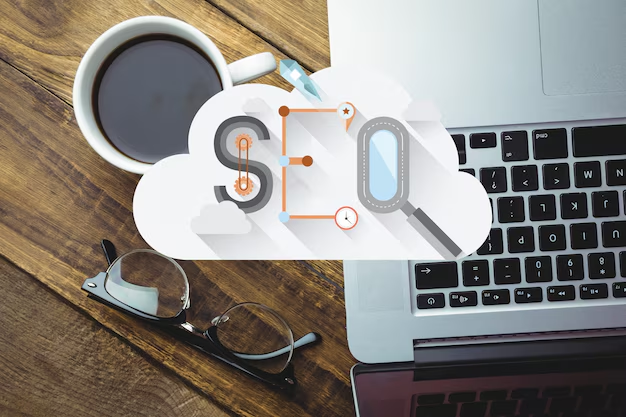Search Engine Marketing (SEM) is a crucial digital marketing strategy that helps businesses drive traffic to their websites and increase online visibility. Within SEM, there are two major components that often get confused: Search Engine Optimization (SEO) and Search Engine Advertising (SEA), commonly referred to as paid search. Understanding the differences and how both play a role can help marketers and businesses effectively navigate the search engine marketing landscape.
1. What is SEO (Search Engine Optimization)?
SEO refers to the process of optimizing a website and its content to rank higher in organic (non-paid) search engine results. This method focuses on improving the quality and relevance of the content, ensuring the website is technically sound, and optimizing user experience. The goal of SEO is to increase the volume and quality of organic traffic from search engines like Google, Bing, and Yahoo.
Key components of SEO include:
- On-Page SEO: Optimizing individual pages by ensuring that keywords, meta tags, content, and images are aligned with search intent.
- Off-Page SEO: Building backlinks from reputable websites to increase a site’s authority.
- Technical SEO: Enhancing website architecture, speed, mobile optimization, and fixing errors like broken links or slow loading times.
- Content Quality: Creating valuable, informative, and engaging content that appeals to both users and search engines.
Pros of SEO:
- Cost-effective: No direct costs involved (aside from time and resources for optimization).
- Long-term benefits: Organic rankings can last for a long time if maintained properly.
- Credibility and Trust: Organic listings often receive more trust from users compared to paid ads.
Cons of SEO:
- Time-consuming: It may take months to see significant results.
- Highly competitive: Ranking on the first page for competitive keywords can be difficult.
- Algorithm dependence: SEO results can fluctuate based on changes in search engine algorithms.
2. What is SEM (Search Engine Marketing)?
SEM encompasses all forms of marketing on search engines, including both SEO (organic efforts) and paid search advertising (like Google Ads). When most people refer to SEM, they are usually talking about paid search advertising, where businesses bid on keywords to display their ads at the top of search results. This allows businesses to gain visibility almost instantly.
Key components of SEM (Paid Search Advertising) include:
- Pay-Per-Click (PPC): Advertisers bid on specific keywords, and when a user clicks on an ad, the advertiser pays for that click.
- Ad Auctions: Search engines run an auction to determine which ads will appear and in what order, based on bid amounts and ad relevance.
- Targeting: Marketers can target their ads based on location, device type, time of day, demographics, interests, etc.
- Ad Copy & Extensions: Crafting compelling ad copy and using additional features like sitelink extensions or call extensions to improve the ad’s performance.
Pros of SEM:
- Instant Results: Unlike SEO, SEM can provide immediate visibility and traffic.
- Highly Targeted: You can target very specific audiences based on demographics, geography, and behavior.
- Flexibility: You can control your budget and scale campaigns up or down based on performance.
- Brand Visibility: Your ad will be prominently placed at the top of search results, ensuring your brand gets exposure.
Cons of SEM:
- Cost: The more competitive the keyword, the higher the cost per click (CPC) may be. This can become expensive, especially for high-competition industries.
- Dependence on Budget: If your budget runs out, your ads stop showing. Organic traffic (SEO) doesn’t have this limitation.
- Click Fraud: Ads can sometimes be clicked on by competitors or bots, draining the budget without real conversions.
3. SEO vs. SEM: The Key Differences
| Feature | SEO (Search Engine Optimization) | SEM (Search Engine Marketing) |
|---|---|---|
| Nature | Organic, unpaid search results | Paid search ads (PPC) |
| Cost | Free, but requires investment in time, content, and resources | Costs money (pay-per-click or per-impression) |
| Speed | Slow, takes time to see significant results | Fast, can generate immediate traffic |
| Longevity | Long-term, sustainable traffic with ongoing maintenance | Short-term, stops when the budget is exhausted |
| Visibility | Appears in organic search results (below paid ads) | Appears at the top of search results as paid ads |
| Traffic Source | Organic search queries and relevant content | Paid keywords and targeted ads |
| Control | Limited control over search engine ranking factors | Full control over budget, bidding, and ad placement |
4. How to Use SEO and SEM Together
While SEO and SEM serve different purposes, they can complement each other well. Here are a few strategies to combine both:
- SEO to Improve Quality Score: If you’re running PPC campaigns, having a well-optimized website with high-quality content can improve your Google Ads quality score, leading to a lower cost per click and better ad placement.
- SEM for Quick Results, SEO for Long-Term Success: SEM can help generate traffic quickly while your SEO efforts take time to produce long-term organic results.
- Use PPC for Keyword Research: PPC can give you immediate data on which keywords are converting well, which can inform your SEO strategy.
- Remarketing: SEM can be used for remarketing to visitors who have interacted with your SEO content but didn’t convert, keeping your brand top-of-mind.




